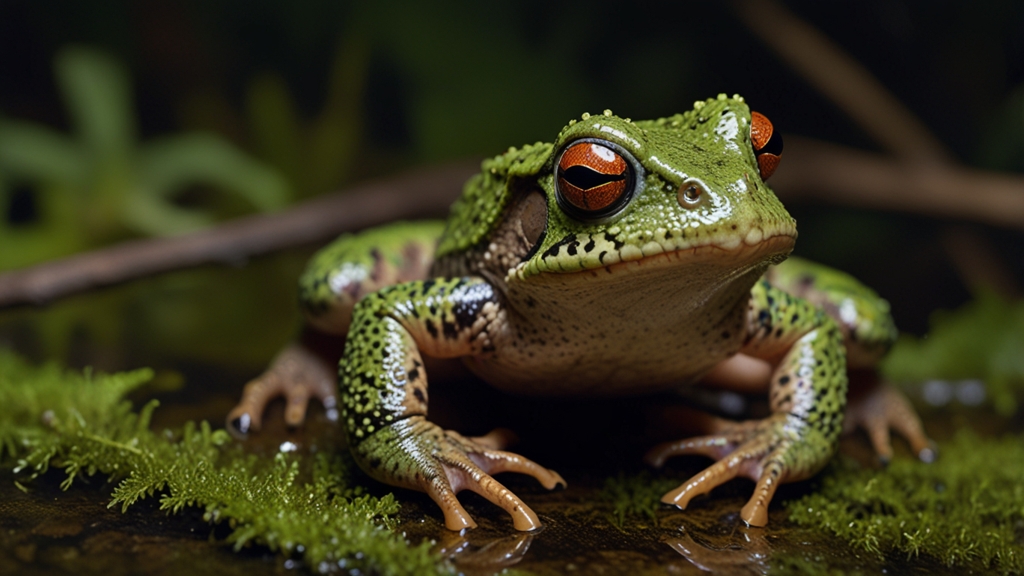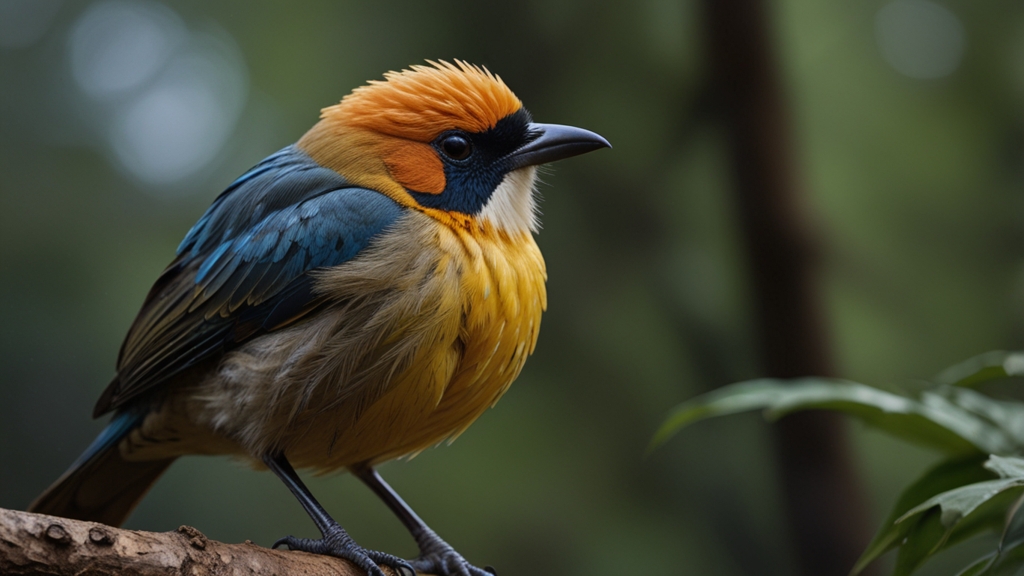The Unusual Breeding Habits of Amphibians: Nature's Oddities
Amphibians, a diverse group of cold-blooded vertebrates, are known for their distinctive and often downright bizarre breeding habits. These unique behaviors have evolved over millions of years to ensure the survival of their species in various environments. From intricate dance rituals to egg-laying in unexpected places, amphibians provide fascinating examples of nature's ingenuity and flexibility. This article explores some of the most unusual breeding habits among amphibians.
Breeding With a Splash: The Foam-Nesting Frogs
Foam-nesting frogs, belonging to the genus Chiromantis, have an extraordinary approach to reproduction. Female foam-nesting frogs lay their eggs in a sticky foam created by whipping up a secretion from their own bodies. This foamy nest is typically attached to vegetation overhanging water sources. The foam serves as a protective barrier against predators and desiccation. As the tadpoles develop, rain or their movement may eventually dislodge them into the water, where they continue their life cycle.
"The first time I witnessed a foam-nesting frog in action, it was like watching an artist at work," remarked Dr. Samantha Greenwood, a renowned herpetologist. "Their method is not only practical but also a visually striking display of nature's creativity."
Paternal Sacrifice: The Darwin's Frog
In the cool forests of Chile and Argentina, the Darwin's frog (Rhinoderma darwinii) takes paternal care to an extraordinary level. Named after Charles Darwin, who first discovered the species, these frogs exhibit a unique form of parental investment. Once a female Darwin's frog lays her eggs, the male swoops in to take over care responsibilities. He gathers the eggs into his vocal sac, a specialized pouch in his throat, where they remain until they hatch. In some species, the male may even carry the developing young until they metamorphose into juvenile frogs, at which point they hop out of his mouth to begin their independent lives.
"The Darwin's frog is a prime example of how evolutionary pressures can shape parental roles in astonishing ways," noted Dr. Lorenzo Ortiz, an evolutionary biologist. "Their reproductive strategy maximizes the chances of offspring survival in a hostile environment."
Waterless Wonders: The Surinam Toad
Perhaps one of the most unusual and shocking amphibian breeding behaviors belongs to the Surinam toad (Pipa pipa). Native to the rivers and ponds of South America, this species has a unique way of ensuring the safety of its offspring. When a female Surinam toad is ready to reproduce, she releases eggs onto her back, where the male then fertilizes them. The skin of the female's back swells and grows around the eggs, eventually enveloping them in individual pockets. The eggs develop within these pockets, hatching into tadpoles and later fully formed miniature toads, which emerge through the skin. This method provides considerable protection to the young, shielding them from predators and environmental hazards.
Orchestrated Symphonies: The Tungara Frog
The Tungara frog (Physalaemus pustulosus) of Central and South America employs an auditory strategy to attract mates. These frogs are known for their complex mating calls, which include a series of notes produced by inflating their vocal sacs. However, these calls can also attract predators such as bats. To mitigate this risk, Tungara frogs often form breeding choruses, where multiple males call together. This makes it harder for predators to pinpoint a single frog, thus increasing the chances of successful mating while reducing individual risk.
"Hearing a Tungara frog chorus is like listening to an amphibian symphony," said Dr. Emily Rogers, an amphibian ecologist. "The coordination among males is a testament to the intricate social behaviors these creatures can exhibit."
Conclusion: Nature's Intriguing Blueprint
Amphibians, with their diverse and often peculiar breeding habits, offer a window into the immense adaptive potential of life on Earth. Their unique methods of ensuring the continuation of their species demonstrate the endless creativity and resilience found in the natural world. From foam nests to vocal sacs, and even parental backs, each breeding strategy showcases a remarkable interplay between biology and environment, making amphibians one of nature's most fascinating groups of organisms.







